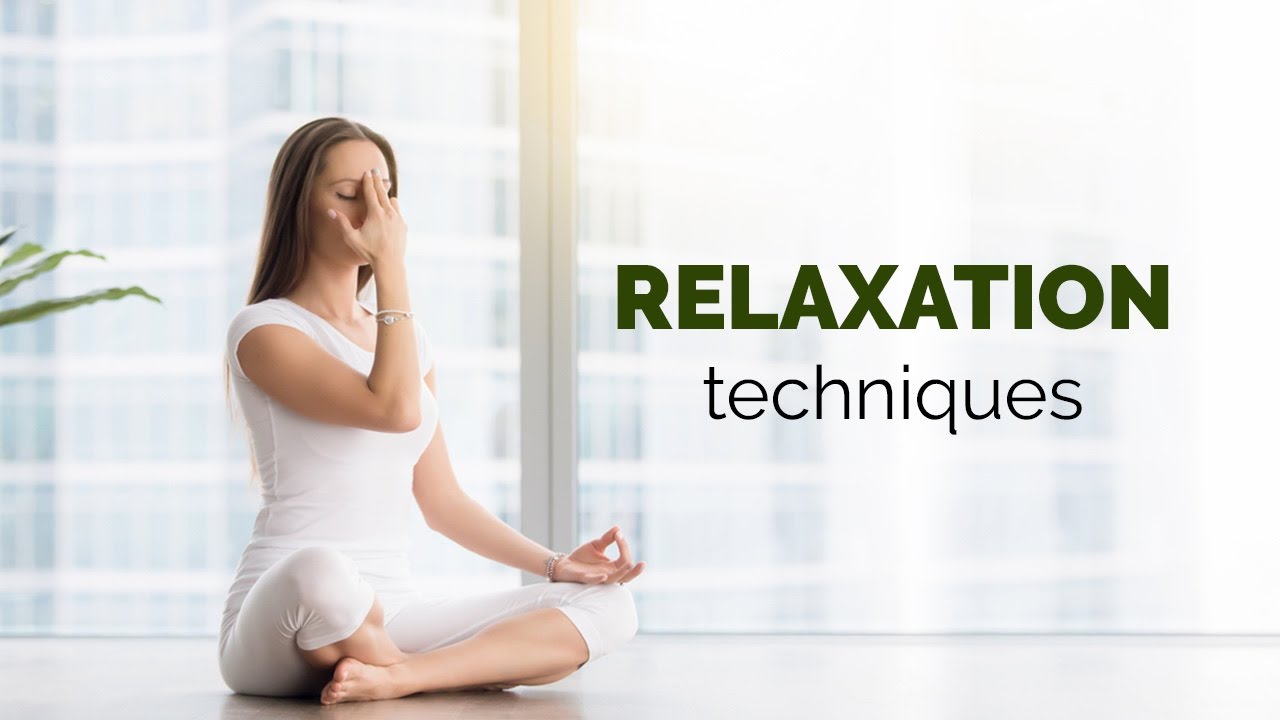A good night’s sleep is essential for overall well-being and vitality. However, in our fast-paced world, many people struggle to unwind and fall into a deep, restful slumber. Incorporating relaxation techniques into your bedtime routine can make a significant difference in the quality of your sleep. In this article, we’ll explore various relaxation methods to help you achieve a better night’s sleep.
1. Progressive Muscle Relaxation (PMR)
Progressive Muscle Relaxation is a technique that involves tensing and then relaxing different muscle groups to release physical tension. Start from your toes and work your way up to your head, paying close attention to each muscle group. PMR can help your body let go of tension and prepare for sleep.
2. Deep Breathing
Deep breathing exercises can activate your body’s relaxation response. Try inhaling deeply through your nose for a count of four, holding for four, and then exhaling slowly through your mouth for a count of six. Deep breathing can calm your nervous system and reduce stress.
3. Mindfulness Meditation
Mindfulness meditation involves focusing your attention on the present moment without judgment. It can help clear your mind and reduce racing thoughts that might keep you awake. Guided mindfulness meditation sessions can be especially helpful for beginners.
4. Yoga and Stretching
Gentle yoga or stretching exercises before bedtime can relax your muscles and prepare your body for sleep. Focusing on your breath and gentle movements can help you unwind.
5. Aromatherapy
Certain scents, such as lavender, chamomile, and cedarwood, are known for their calming properties. You can use essential oils or scented candles to create a soothing bedtime environment.
6. Visualization
Visualization involves imagining a peaceful and calming scenario. Close your eyes and visualize yourself in a serene location, such as a beach or a forest. Picture yourself there, focusing on the details of your surroundings. Visualization can ease anxiety and promote relaxation.
7. White Noise or Nature Sounds
Some people find it helpful to listen to white noise or nature sounds, such as ocean waves or rainfall, to drown out background noise and create a peaceful sleep environment.
8. Journaling
If racing thoughts keep you awake, consider keeping a journal by your bedside. Write down your worries or thoughts, helping you release them from your mind and reducing bedtime anxiety.
9. Limit Screen Time
The blue light emitted by screens can interfere with your sleep patterns. Aim to limit screen time, especially in the hour leading up to bedtime.
10. Create a Bedtime Routine
Establishing a consistent bedtime routine can signal to your body that it’s time to wind down. Engage in relaxing activities like reading, taking a warm bath, or sipping a calming herbal tea.
In conclusion, achieving a better night’s sleep is possible with the right Relax techniques. Experiment with these methods to find what works best for you. Remember that consistency is key, and over time, these practices can become an integral part of your bedtime routine, helping you enjoy more restful and rejuvenating sleep.



